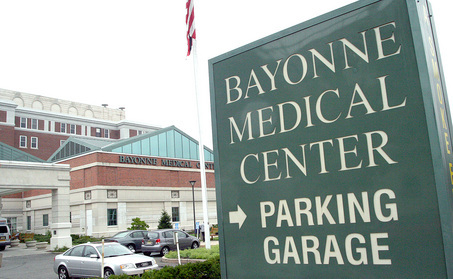Huge health insurance coverage gains over the last year and recent news of record low uninsured rates are good news for millions of Americans who now can access care. However, as many of the newly insured visit their local emergency rooms with the comfort of knowing they are now covered, they may find themselves facing high wait times or traveling long distances to get to the closest hospital.
No, this has nothing to do with the false political threats that this outcome was an inevitable result of Obamacare. The truth is that over the last 20 years, nearly one third of all emergency rooms in the country have closed. This silent epidemic of hospital closures has disproportionately affected rural and low-income urban areas, while hospitals find it more profitable to move into wealthier suburbs.
According to the Office of Rural Health Policy, about one fifth of the nation's 29,000 residential areas are without quick access to an acute-care hospital. Urban areas in particular have seen many of these hospital closures. Fifty years ago, Detroit had 42 hospitals, and today it has just four main hospitals. In 2001, a major hospital closure in Washington, D.C. pushed patients into ERs in neighboring Maryland counties. Philadelphia, Cleveland, Los Angeles, and Pittsburgh are among the dozens of other cities facing this crisis. Confirming this trend, a recent study found that the number of hospitals in 52 major U.S. cities fell by 46 percent from 1970 to 2010.
As more and more urban hospitals teeter on the edge of financial solvency, one urban hospital success story that may provide some hope for the future is Bayonne Medical Center (BMC) in New Jersey. In 2008, BMC was in bankruptcy and at the brink of closing its doors. It appeared BMC would be the next victim following a decade of 26 acute care hospital closures in New Jersey, leaving Bayonne patients without easy access to critical care. At the same time, hospital closures were happening in Newark, Paterson, Plainfield, Jersey City, Union, and Passaic - all cities nearby Bayonne.
New management took over BMC and saw the importance of staying open and serving the largely low-income, high-need community. In a risky move, the hospital cancelled costly old insurance contracts and sought to renegotiate more favorable rates to keep the hospital financially afloat. For those insurers who did not renegotiate in good faith, they now list BMC as an out-of-network provider. These insurers are often stuck with high bills because New Jersey law requires insurers to cover all emergency room admissions as if they are in-network - meaning the patient pays any in-network copay and the insurer absorbs the remaining amount.
BMC has been using this as a tactic to bring these insurers back to the negotiating table for a more favorable contract to better cover their own costs. Whereas BMC was losing millions a year under the old contracts, this new strategy has proven to be life saving for the hospital. It has enabled BMC to save over 1,000 jobs, lift the hospital from bankruptcy, and actually turn a profit in just a few years of restructuring.
While critics of this approach have argued that BMC is unfairly hiking rates, the hospital has in fact taken what little leverage it has to keep its doors open and reinvested profits into providing improved care coordination and expanded services. For instance, it has funded a program to reduce avoidable hospital readmissions by improving care coordination. And a neighborhood health center helps care for the uninsured and those on Medicaid - without charge - reducing ER visits for these patients by 40 percent.
While the BMC model provides an interesting case study, this kind of negotiation should be used only as a turnaround strategy for smaller, struggling hospitals in high-need communities. Larger, dominant, and financially robust health systems have often taken their strong position of influence with insurers on a more dangerous path of raising prices simply because they can, adding to system-wide health care cost growth.
But when access to care and population health of a distressed community are on the line, urban hospitals like BMC can and should look outside of traditional negotiation tactics to fulfill their role in serving their community. If they do not, we may not have the ERs to meet the newly insured population.
Jessica Stone is a former health policy analyst and senior advisor for U.S. Sen. Mary Landrieu (D-La.), the Committee for a Responsible Federal Budget, and the Small Business Majority. She is currently pursuing an MBA in Health Sector Management at Duke University's Fuqua School of Business.
